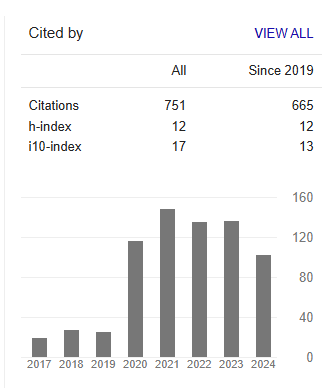Prozone Phenomenon and Penicillin Allergy in Hiv-Infected Male with Ocular Syphilis
Abstract
Lee-Boyd D. Valencia and Ryan M. Llorin
The incidence of syphilis is increasing especially among men who have sex with men (MSM) infected with Human Immunodeficiency Virus (HIV). However because of its multitudinous unusual manifestations, it remains a diagnostic and therapeutic challenge to the modern era. Throughout the years, penicillin is the treatment of choice for all stages of syphilis. However, hypersensitivity reaction, like in this case, is the major problem in the use of penicillins.
The case presents a 25-year-old homosexual male, recently-diagnosed with HIV who presented with progressive blurring of vision following a history of pruritic rashes on both lower extremities. Important examination findings include madarosis with patchy loss of scalp hair, hyperemic conjunctivae with multiple erythematous macules and papulovesicular lesions with some collarette scaling over both lower extremities. During initial consultation, the RPR was negative and CD4+ T cell count was 34 cells/μL. The persistence of symptoms prompted consult to an Infectious Disease specialist and subsequent referral to an Ophthalmologist. Slitlamp and funduscopy showed hyperemic disc with indistinct borders. Fluorescin Angiography showed leakage of the optic nerve head with diffuse areas of retinal vasculitis in the retinal midperiphery. Repeat RPR remained positive at the dilution of 1:256 and a positive Fluorescent Treponemal Antibody Absorption Test yield the diagnosis of Secondary Syphilis with Ocular Syphilis. Due to known history of Penicillin allergy, oral desensitization with Penicillin V was initiated first then subsequently administered a two-week course of intravenous penicillin G. The patient tolerated the antibiotic course and was discharged stable and improved.
Having both diagnostic and therapeutic dilemma, this case report prompts the clincians to have a high index of suspicion and continued familiarity with protean manifestations of syphilis, and acquainted with prozone effect when necessary. Since syphilis is a great masquerader, it requires high index of suspicion and should be included in the differential diagnoses of visual complaints



